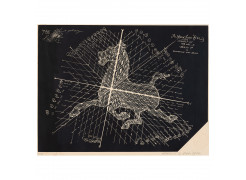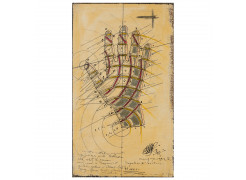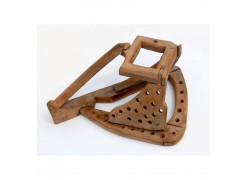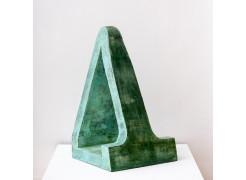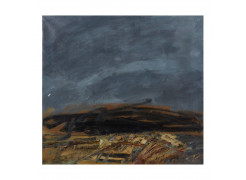Additional info:
Paul Neagu was a Romanian artist who lived and worked in London throughout his life. His multifaceted and universal practice integrates performance, sculpture, video, photography, painting and drawing. Influenced by the Cubist movement, Constantin Brâncuși, Marcel Duchamp, and Joseph Beuys, Neagu’s works express desire in the face of systems that attempt to inhibit it. He criticised art’s purely aesthetic function, demanding that considerations of art be based upon all sensory perceptions, supplemented by touch, smell, taste and hearing. One of his emblematic inventions was the hyphen, an entity that despite its apparent simplicity relies on complex inquiries into the formal and symbolic meanings of basic geometric shapes. The presence of the metaphysical can be felt in Neagu’s processes that also aimed towards an overall unity. The last years of his career exposed the fissures within the artist’s diasporic identity and reflected on its perpetually oscillating nature. Works by Paul Neagu were included in exhibitions and collections around the world, from the British Museum, London, the Museum of Contemporary Art, Tokyo, the Philadelphia Museum of Art, Tate Gallery, London, Victoria and Albert Museum, London, to, among others, the Kontakt Collection, Vienna, the Henry Moore Institute, Leeds, New Museum, New York, Barcelona Museum of Contemporary Art, BOZAR Centre for Fine Arts, Brussels, Grand Palais, Paris, The National Museum of
-
Horia Bernea
Bucharest, Romania, 1938 - Paris, France, 2000

